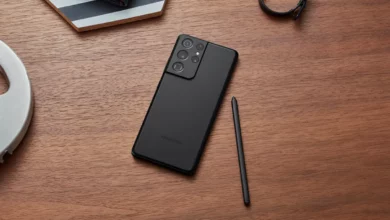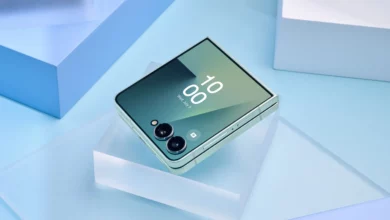Samsung announced Galaxy A14 in Malaysia with 2 Android OS and 4 years security upgrades

Samsung is all set to launch its new Galaxy A series device in Malaysia, the Galaxy A14; previously, the device has launched in several countries, including India and the US, and now expanding the release worldwide, Samsung is ready to debut this device in the Malaysian market. But before knowing the date, let’s talk about its offerings.
Galaxy A14 specifications
The Galaxy A14 features a 6.6 full HD + resolution screen. It sports a 13 MP front camera and a 50MP rear camera with a set of 5 MP ultra-wide and 2 MP macro cameras. The device is powered by Samsung’s own Exynos 850 chipset, which supports octa-core 2.0 GHz. It has packed with a massive 5000 mAh battery which makes the device work all day long.
Apart from hardware specs, the device is available in 8GB+128GB memory, where one is RAM, and the other is built-in storage. It also comes with a dedicated microSD card, so you can expand the storage up to 1 TB.
Moreover, the device comes with One UI 5.1 out of the box and will be eligible for two OS updates which means the device will get new Android updates up to Android 15 as well as will also receive security updates for up to four years.
| Model Code | SM-A145F |
| Display | 6.6″ FHD+ (1080 x 2408) PLS LCDInfinity-V Display |
| Chipset | Exynos850Octa Core 2.0GHz |
| Memory | 6GB RAM + 128GB Storage(microSD up to 1TB) |
| Camera | Rear:50MP F1.8 + 5MP F2.2 + 2MP F2.4Front:13MP F2.0 |
| Dimensions (mm); Weight (g) | 167.7 x 78.0 x 9.1;201 |
| Battery Capacity | 5,000mAh (15W Fast Charging) |
| SIM Type | 3 Slots (SIM1 + SIM2 + microSD) |
| SKU Code & Colours | SM-A145FZKWXME (Black) SM-A145FDRWXME (Dark Red) SM-A145FZSWXME (Silver) |
| In-box items | Data Cable (Type C) Ejection Pin Quick Start Guide |
Availability
Samsung has officially confirmed that it will launch the Galaxy A14 smartphone on 15 March 2023 in Malaysia. The device will be exclusively available on Samsung’s own marketplaces, including the Samsung Experience store and Samsung online store. Customers who will purchase Galaxy A14 between 15 March to 31 December 2023 will also get Samsung care+ one-year extended warranty.




